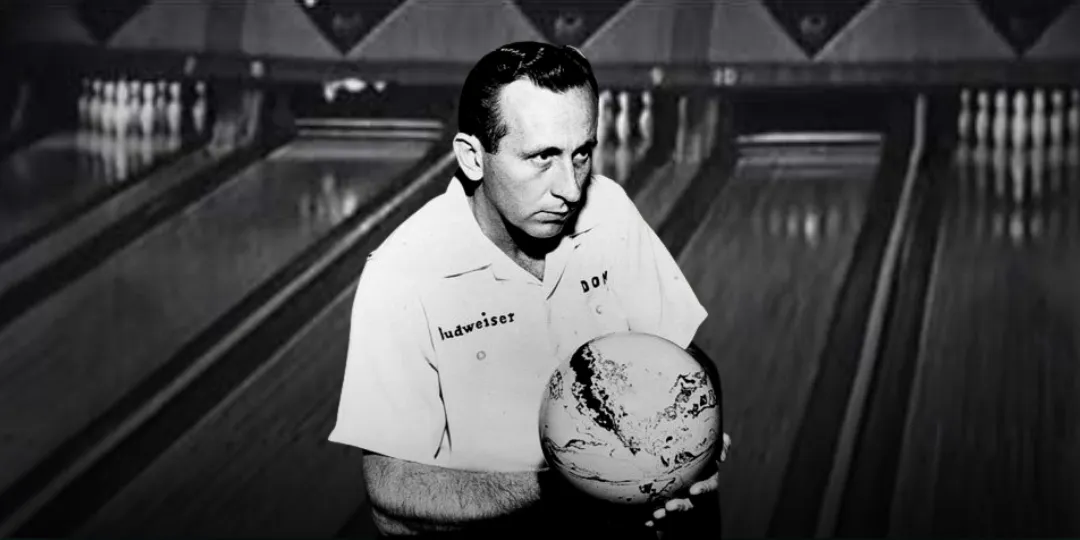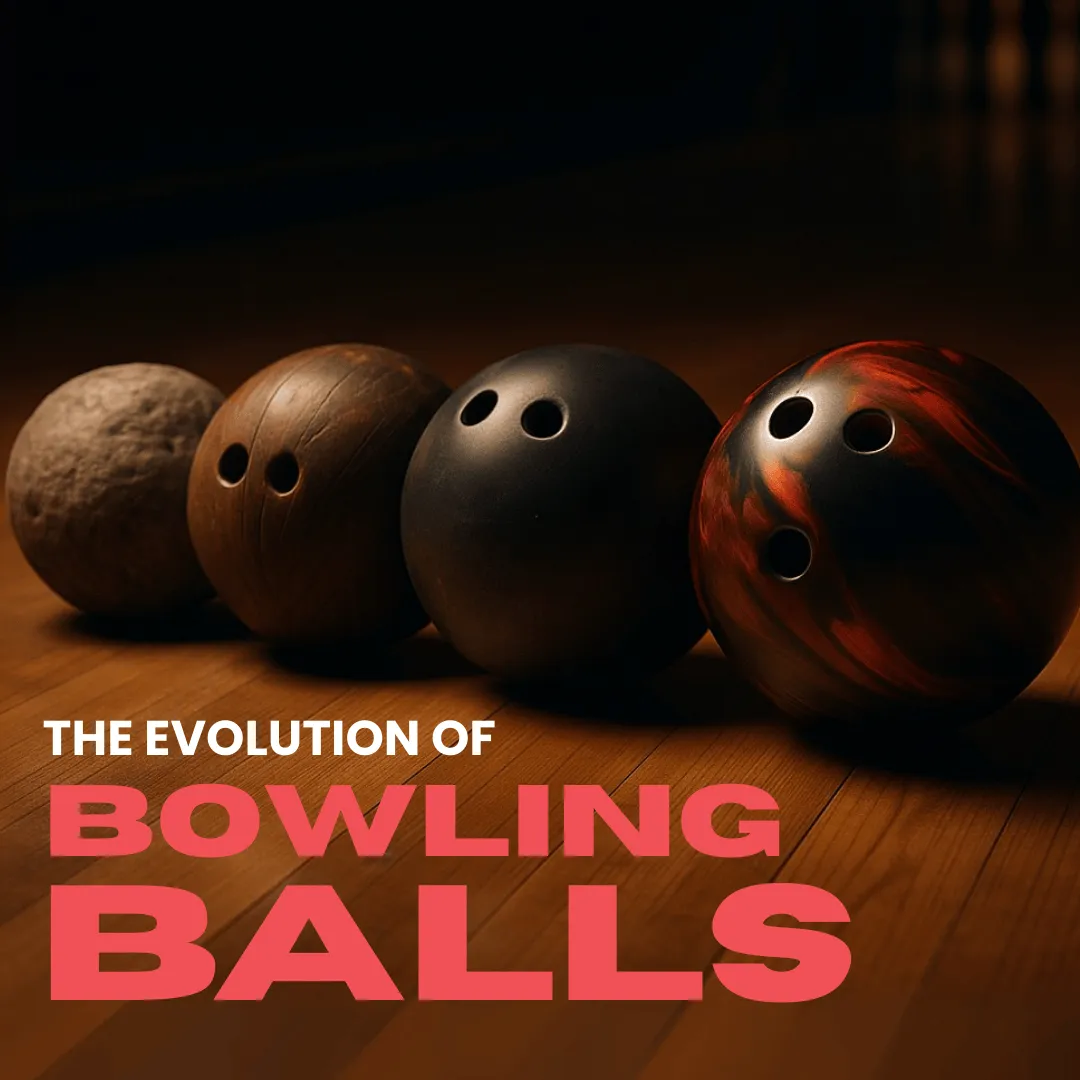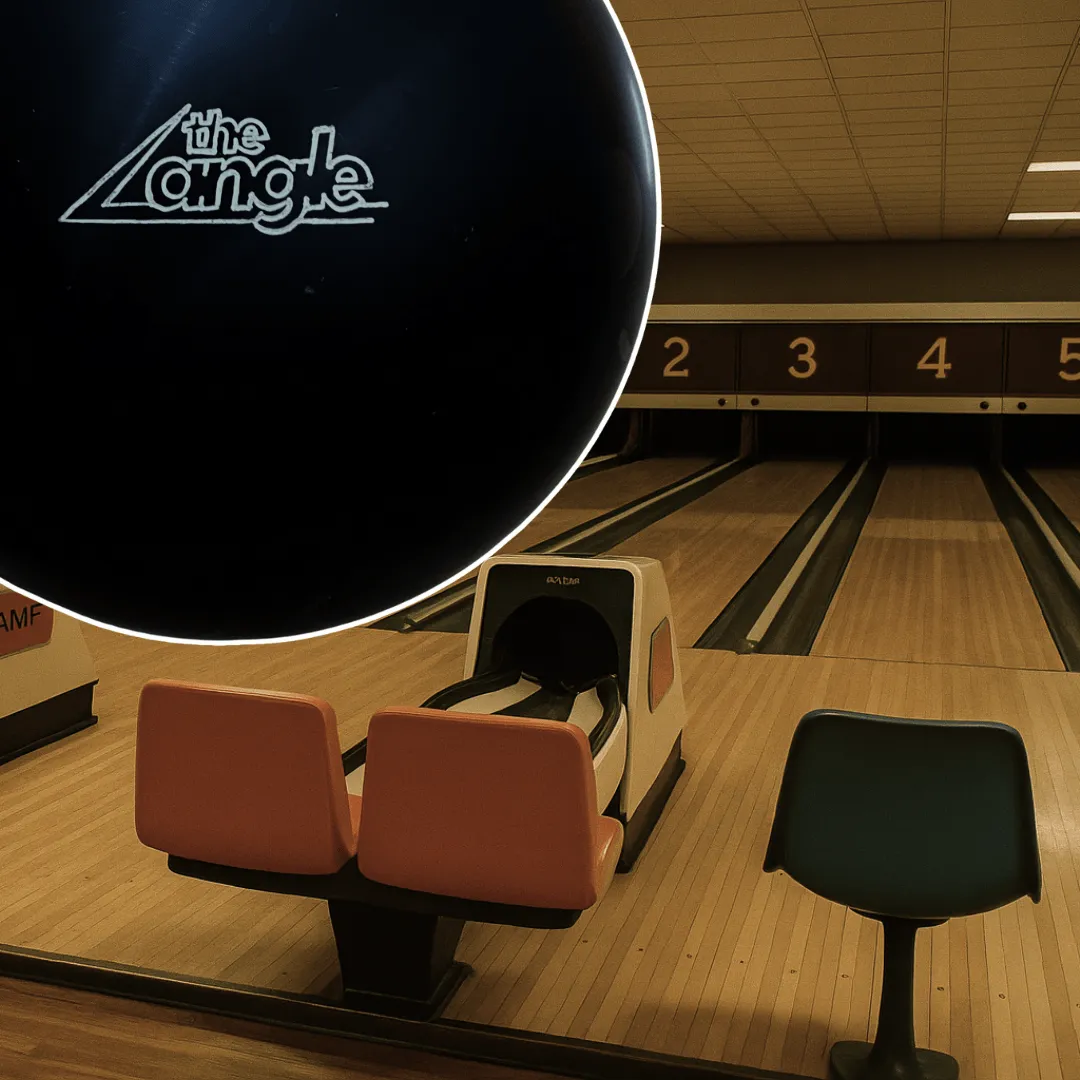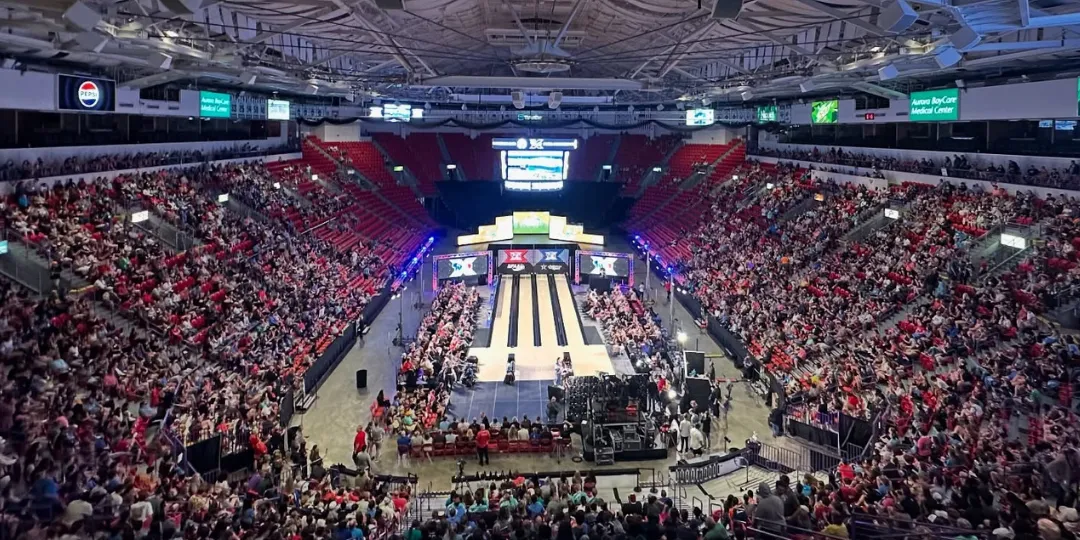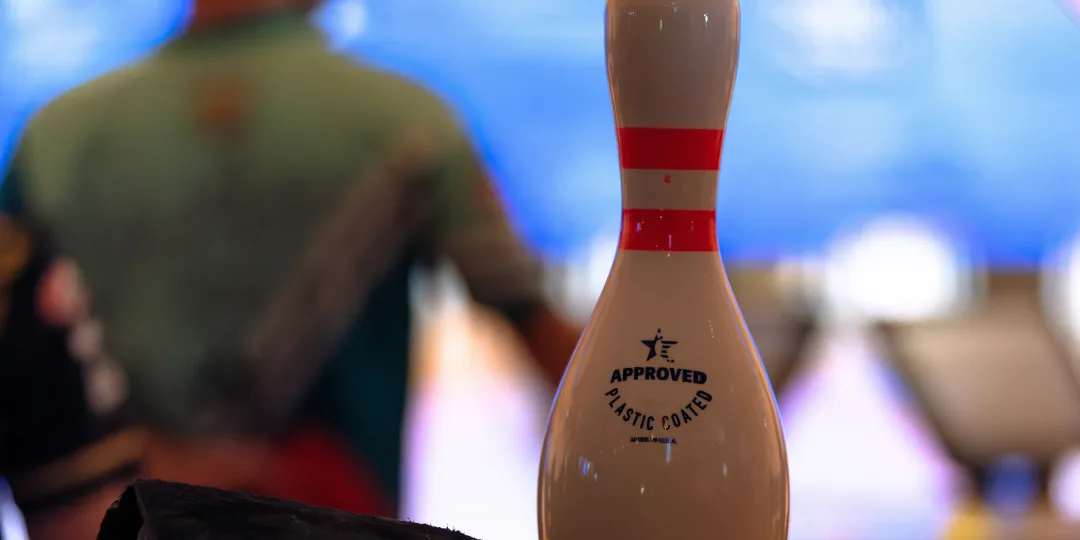One does not simply name someone "Mr. Bowling" for nothing. But if anyone truly embodied that title, it was Don Carter – a legendary figure who helped shape the golden age of professional bowling.
But transforming a sport requires more than just talent on the lanes. Carter’s exceptional skill elevated bowling from a simple pastime to a widely broadcast spectacle, drawing the attention of millions.
Carter was more than just an extraordinary bowler; his charismatic personality was a driving force in shaping the future of the sport. His rise from working as a janitor at a local bowling alley to securing the largest endorsement deal in American sports at the time offered the bowling community something they had long been missing – an inspiring and relatable story.
Born in St. Louis, Missouri, on July 29, 1926, Donald James Carter wasn’t introduced to bowling until the age of 13, when his mother encouraged him to try the sport. However, unlike many other bowlers, it wasn’t his first love. While Carter did pick up the fundamentals of bowling as a pinsetter at his local alley and joined a local club in 1942, he was more passionate about baseball. He played at the high school level and later joined the amateur American Legion baseball team, where he crossed paths with notable catchers like Yogi Berra and Joe Garagiola.
However, both his baseball and bowling careers didn’t take off as expected. Shortly after turning 18, Carter enlisted in the U.S. Navy in 1944 to serve during World War II, where he spent two years as a radarman.
Upon his discharge in June 1946, Carter signed with the Philadelphia Athletics to play on one of their minor league teams. But after just one year, he realized he wasn’t destined for the major leagues. He returned to St. Louis, moved back in with his mother, and reignited his passion for bowling.
Back in St. Louis, Carter worked at Golden Eagle Lanes as an alley man, bartender, and janitor, giving him ample time to hone his bowling skills. Before long, he worked his way up to General Manager. However, the demands of the position left him little time for competitive bowling. Eventually, he found a job as an instructor, where he could make a living while continuing to improve his craft.
During that time, Carter developed and mastered a bowling style that worked best for him. With a bent elbow and stooped shoulders, he would release the ball with a deep knee bend without extending his arm. For the next two decades, this unique style would become a familiar sight on television screens across America.
Carter’s reputation as an elite bowler began to spread, and in 1951, he joined the Pfeiffer Beer team in Detroit, marking a major turning point in his career. In his first year, Bowlers Journal named him to its prestigious All-America team. Two years later, he won the All-Star Championship and claimed his first of six Bowler of the Year titles.
After his first Bowler of the Year win in 1953, Carter joined the St. Louis Budweiser. For four straight years, the team took home the National title and set a record with a five-player team series of 3,858 points— a score that would stand for nearly four decades.
Alongside his team achievements, Carter also excelled individually. He became the first bowler to win every major title of his time, including the World Invitational, the BPAA All-Star (later known as the U.S. Open), the PBA National, and the ABC Masters Championship. Over his career, he bowled 23 perfect games and became the first to bowl an 800 series on TV, recording 809 at the 1956 National Bowling Championships.
Carter also earned a good reputation for his work ethic. He was known to spend countless hours refining his skills and maintaining an unwavering focus during matches, often remaining silent and never engaging with opponents. To him, mental preparation and quick adaptation were essential for success. "To become a great bowler takes temperament and dedication," he once said. "Bowling is a very difficult game mentally. In golf you see all the hazards. In bowling you don't see the slick boards. Every lane is different. You have to adjust for your mistakes. The best bowlers are the ones who are able to adjust."
It was Carter’s influence that helped make televised bowling events a regular occurrence, sparking interest and drawing spectators to the sport. In 1964, Carter signed a groundbreaking $1 million endorsement deal with Ebonite Bowling, making it the largest endorsement contract of its time in any sports.
In 1970, Carter was inducted into the American Bowling Congress Hall of Fame and was named the greatest bowler in history in a poll conducted by Bowling Magazine. Two years later, he retired from professional bowling due to knee problems. Even after stepping away from competitive bowling, Carter stayed active in the sport by participating in occasional pro-am tournaments and running a chain of bowling alleys and a line of bowling apparel.
Carter passed away on January 5, 2012, at the age of 85 in Miami, Florida. His legacy, however, as the first true superstar of the sport, lives on.
